Succulents are some of the most popular houseplants today, loved for their unique shapes, low-maintenance care, and ability to thrive in various indoor and outdoor conditions. However, while succulents add charm and texture to any space, pet owners often wonder: Which succulents are safe for pets?
Cats and dogs, with their curious nature, might nibble on plants occasionally. Unfortunately, some succulents contain compounds that can be toxic to pets, leading to mild symptoms like drooling or vomiting, or in severe cases, more serious health issues.
In this guide, we’ll explore which succulent species are non-toxic and pet-friendly, how to identify safe options for your home and garden, and provide tips on creating a beautiful yet animal-safe green space.
Why It Matters: Succulent Safety for Pets
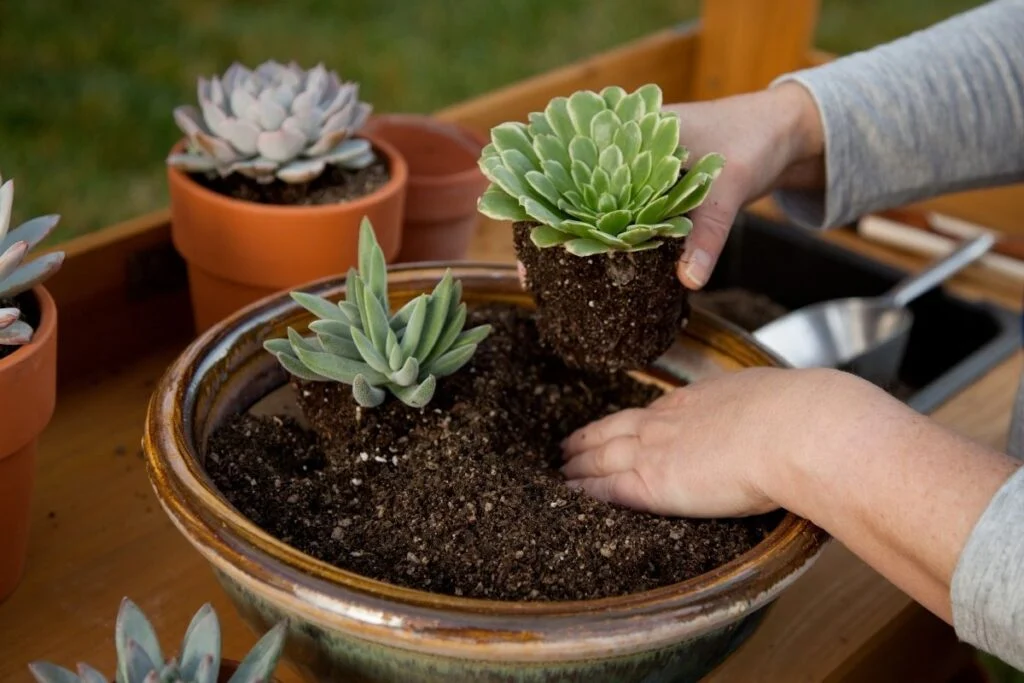
Houseplants can bring life to indoor spaces — but for pet owners, safety comes first. Certain popular succulents like Aloe vera and Euphorbia species can be harmful to cats and dogs if ingested. Common reactions include:
- Vomiting
- Diarrhea
- Drooling
- Loss of appetite
- Lethargy
In severe cases, exposure to toxic plants can lead to more dangerous conditions. Knowing which succulents are safe ensures peace of mind while still enjoying beautiful greenery in pet-friendly homes.
Top Pet-Safe Succulents
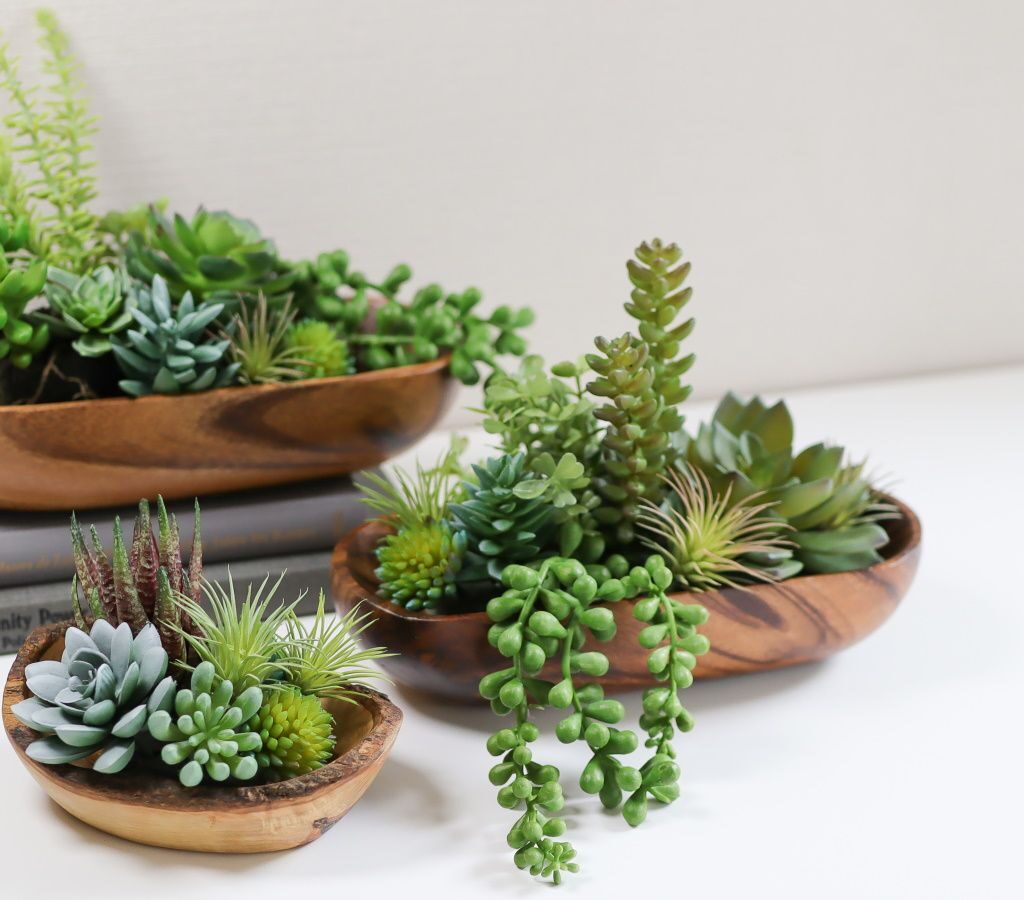
Here’s a list of succulents considered non-toxic to both cats and dogs, based on information from reliable sources like the ASPCA (American Society for the Prevention of Cruelty to Animals).
Haworthia (Haworthia spp.)
Haworthia is a small, slow-growing succulent with attractive, spiky leaves often marked with white stripes or dots.
Why it’s safe:
- Non-toxic to cats and dogs.
- Perfect for sunny windowsills and small containers.
Care Tips:
- Bright, indirect light.
- Allow soil to dry out between waterings.
Echeveria (Echeveria spp.)
Known for its stunning, rose-like rosettes in various colors, Echeveria is one of the most beloved ornamental succulents.
Why it’s safe:
- Pet-friendly and non-toxic.
- Comes in many shapes and shades.
Care Tips:
- Prefers bright sunlight.
- Water sparingly.
Burro’s Tail (Sedum morganianum)
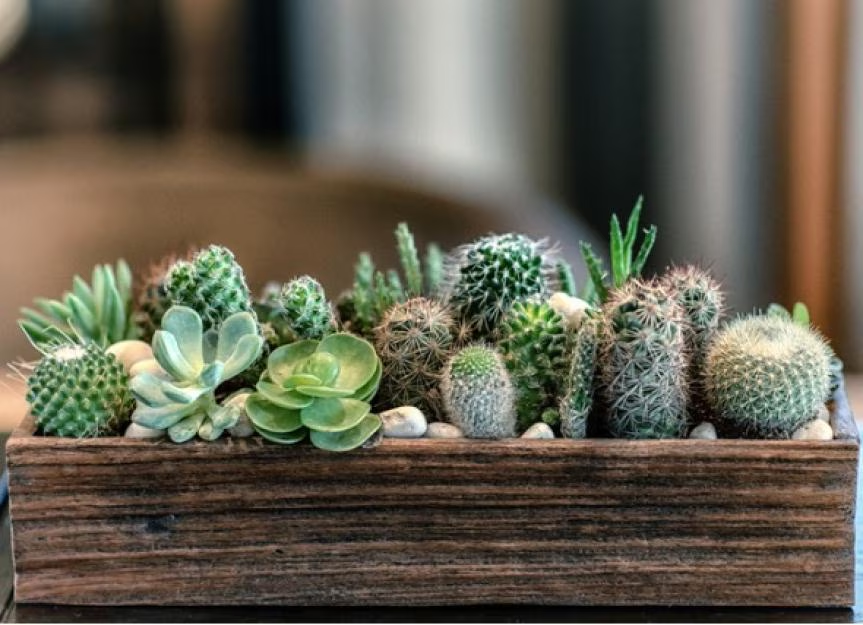
Also called Donkey’s Tail, this trailing succulent features cascading, plump, bluish-green leaves.
Why it’s safe:
- Non-toxic to pets.
- Beautiful in hanging baskets and pots.
Care Tips:
- Needs bright, indirect light.
- Water only when soil is dry.
Ponytail Palm (Beaucarnea recurvata)
Despite its name, the Ponytail Palm isn’t a true palm, but a drought-tolerant succulent plant with a thick trunk and fountain-like leaves.
Why it’s safe:
- Non-toxic to cats and dogs.
- Adds height and drama to interiors.
Care Tips:
- Thrives in bright light.
- Requires minimal watering.
Christmas Cactus (Schlumbergera bridgesii)
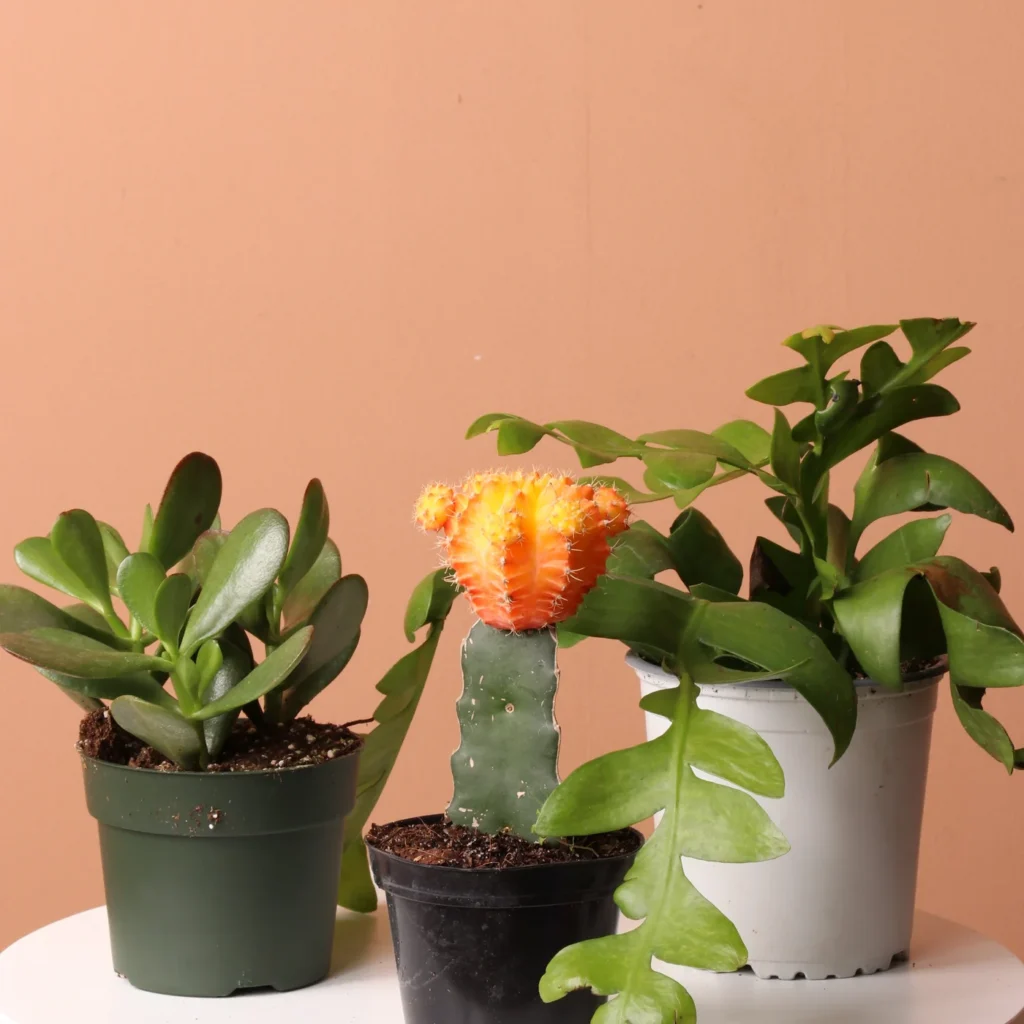
A festive favorite, the Christmas Cactus blooms in winter and features segmented, flat leaves.
Why it’s safe:
- Pet-friendly.
- Brightens up holiday décor.
Care Tips:
- Prefers indirect light.
- Keep soil lightly moist.
Blue Chalksticks (Senecio serpens)
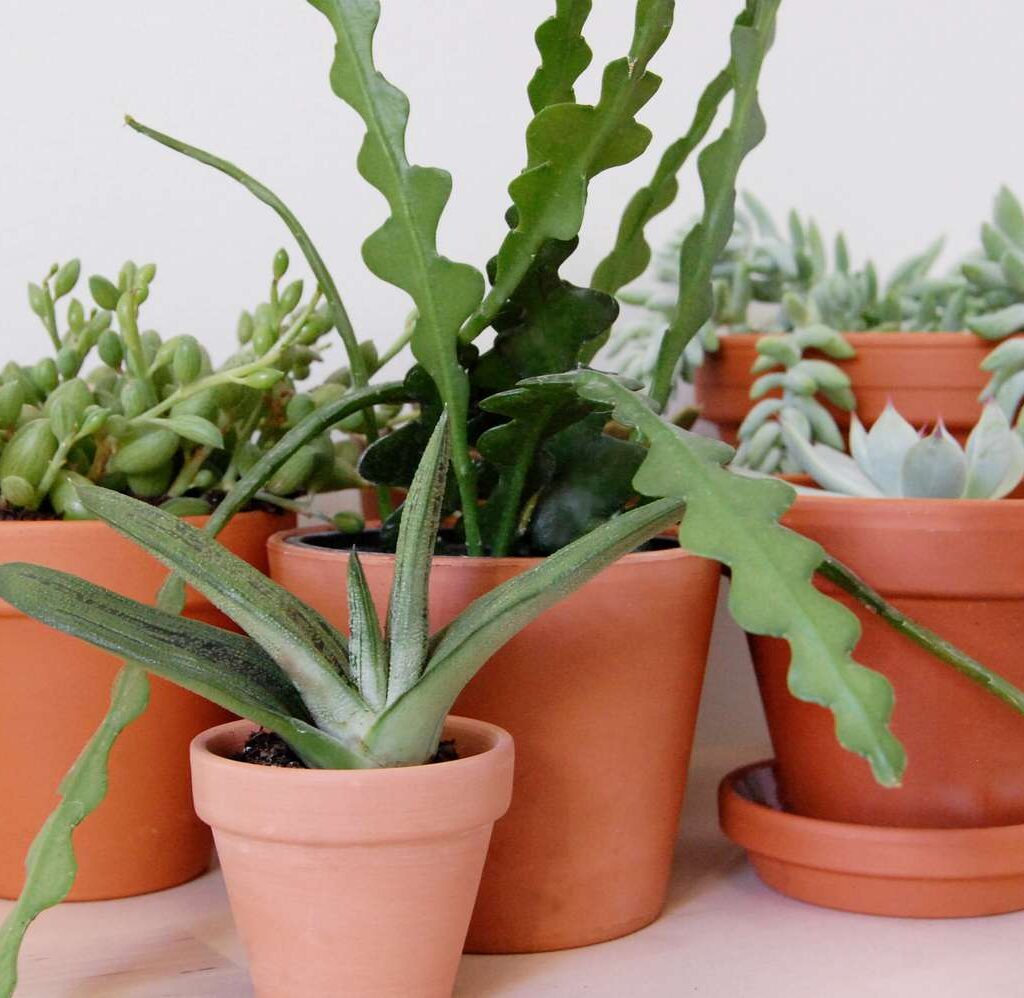
With its blue-gray, finger-like foliage, Blue Chalksticks is a striking addition to succulent gardens and containers.
Why it’s safe:
- Non-toxic to pets.
- Drought-resistant and attractive.
Care Tips:
- Full sun or bright light.
- Minimal watering.
Succulent Species to Avoid
While many succulents are safe, some should be avoided in pet-friendly homes:
| Succulent | Toxic To | Symptoms |
|---|---|---|
| Aloe Vera | Cats, Dogs | Vomiting, diarrhea, tremors, depression |
| Jade Plant (Crassula ovata) | Cats, Dogs | Vomiting, depression, incoordination |
| Kalanchoe (Kalanchoe spp.) | Cats, Dogs | Vomiting, diarrhea, abnormal heart rhythm (severe) |
| Pencil Cactus (Euphorbia tirucalli) | Cats, Dogs | Mouth irritation, vomiting, drooling |
Pro Tip:
Always double-check plant toxicity with reputable resources like the ASPCA website before introducing a new succulent to your home.
How to Keep Succulents and Pets Safe
Even with non-toxic plants, it’s wise to minimize temptation and accidental damage. Here’s how to enjoy your succulents while keeping curious pets safe:
Place Plants Strategically
Keep succulents on high shelves, hanging planters, or windowsills where pets can’t easily reach them.
Use Hanging or Wall-Mounted Planters
Trailing varieties like Burro’s Tail look beautiful in hanging baskets while staying out of paw’s reach.
Monitor for Curious Behavior
If your pet shows interest in chewing plants, use deterrents like citrus peels nearby or bitter sprays on leaves (only for pet-safe plants).
Create a Pet Garden
Designate an area with pet-safe plants like cat grass or catnip to redirect their curiosity.
Know Emergency Protocols
Keep the number for your veterinarian or animal poison control handy in case of accidental ingestion.
Benefits of Pet-Safe Succulents
Opting for non-toxic succulents offers advantages beyond safety:
- Peace of mind in multi-pet homes.
- Adds natural décor without health risks.
- Improves air quality (some varieties).
- Encourages responsible, thoughtful plant selection.
- Offers educational opportunities about plant care and pet health.
Conclusion
Succulents are stunning, low-maintenance additions to any home, but for pet owners, it’s essential to choose varieties that won’t jeopardize your furry companions’ health. Thankfully, many beautiful, diverse succulents like Haworthia, Echeveria, Burro’s Tail, Ponytail Palm, Christmas Cactus, and Blue Chalksticks are perfectly safe for cats and dogs.
By selecting pet-friendly options and placing them strategically, you can enjoy a lush, stylish indoor or outdoor succulent display without worrying about your pets’ well-being.
A careful, informed approach to plant selection ensures your home remains a safe, beautiful, and harmonious space for everyone — humans, cats, dogs, and succulents alike.




Leave A Comment